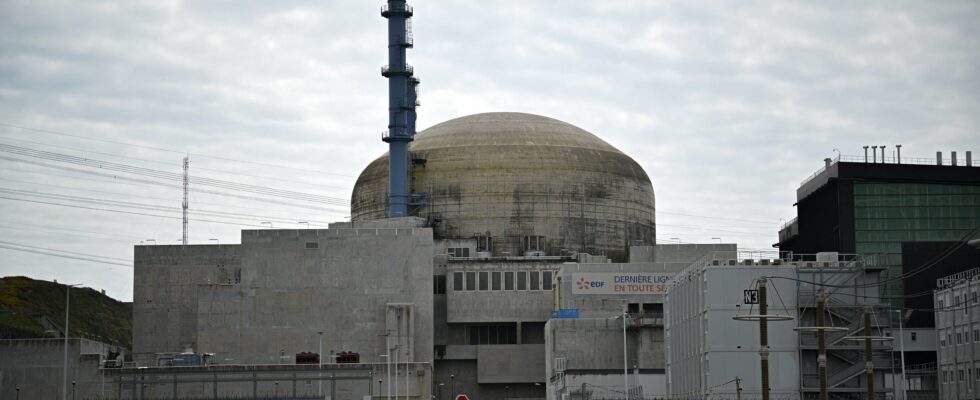Design, financing, profitability… The Court of Auditors called on Tuesday January 14 the State and EDF to remove the numerous “uncertainties” before continuing the vast program of construction of new EPR nuclear reactors. In a critical 97-page report, the financial jurisdiction considers that “the accumulation of risks and constraints could lead to a failure of the EPR2 program”, recalling that the Flamanville EPR in Normandy was connected to the electricity network national 12 years after the scheduled date, December 21. “Significant reservations and uncertainties remain to be resolved to ensure the credibility of the program” of EPR2, an optimized version of the EPR, she underlines.
After a project marred by setbacks and technical hazards, the costs of the Flamanville 3 reactor have exploded compared to the initial estimate of 3.3 billion euros. According to the Court of Auditors, EDF today estimates the total cost of the project at 19.3 billion in 2015 euros, or 22.6 billion euros in 2023, “financing costs included”. “In reality, the total cost at completion of Flamanville 3 is higher and reaches 20.4 billion” in 2015 euros, “or 23.7 billion” in 2023 euros, calculated the Court of Auditors in this report devoted to the EPR sector, the new generation reactor at the heart of the relaunch of nuclear power in France.
This revaluation of 1.3 billion compared to the estimate in its previous report in 2020 (19.1 billion in 2015 euros) takes into account adjustments in the calculation of provisions presented by the electrician group EDF and in the calculation of the financing cost.
“Poor profitability”
After the “drifts” in costs and schedules of EDF’s EPR projects in Flamanville, in Finland and in the United Kingdom, financial magistrates believe that the risks are “persistent” despite efforts to restructure a sector expected to hold the course for the relaunch of the atom set by Emmanuel Macron. In February 2022, the president announced from Belfort that he wanted to build six new new generation EPR2 reactors with an option for eight others, thus breaking with long years of fallowness for this industry.
Since then, EDF, which has been renationalized, has reorganized its governance and streamlined its processes. The Arabelle turbines returned to French ownership. But the sector “is far from being ready and must still overcome numerous challenges, some of which are worrying”, warn the Sages of rue de Cambon.
Among its complaints, the Court notes that EDF refused “deliberately and persistently” to communicate to it information “on the forecast profitability and production costs” of Flamanville and the EPR2, as recommended in its 2020 report. However, the Court has done the accounts and predicts “mediocre profitability for Flamanville 3”. “The forecast profitability of the EPR2 program remains unknown at this stage, especially since the financing conditions for this program have still not been decided,” add the financial magistrates.
Soaring costs
The Court thus asks to “withhold the final investment decision for the EPR2 program”, envisaged for early 2026 by EDF, “until its financing has been secured and the detailed design studies have progressed”, a stage only begun in July 2024. It also recommends “limiting EDF’s financial exposure” in its EPR projects abroad and “ensuring” that any new international nuclear project “does not slow down the schedule” of the program in France.
Until now, decisions on financing methods have constantly been postponed, even though EDF is asking for “more visibility on the State’s commitment in terms of financing”, as admitted in November by the former Minister of Energy Olga Givernet.
According to figures from EDF at the end of 2023 and pending a reassessment, the cost of constructing the first six EPR2s has already increased by 30%, from 51.7 billion to 67.4 billion euros, “at economic conditions unchanged and excluding the effect of inflation”, specifies the Court of Auditors.
